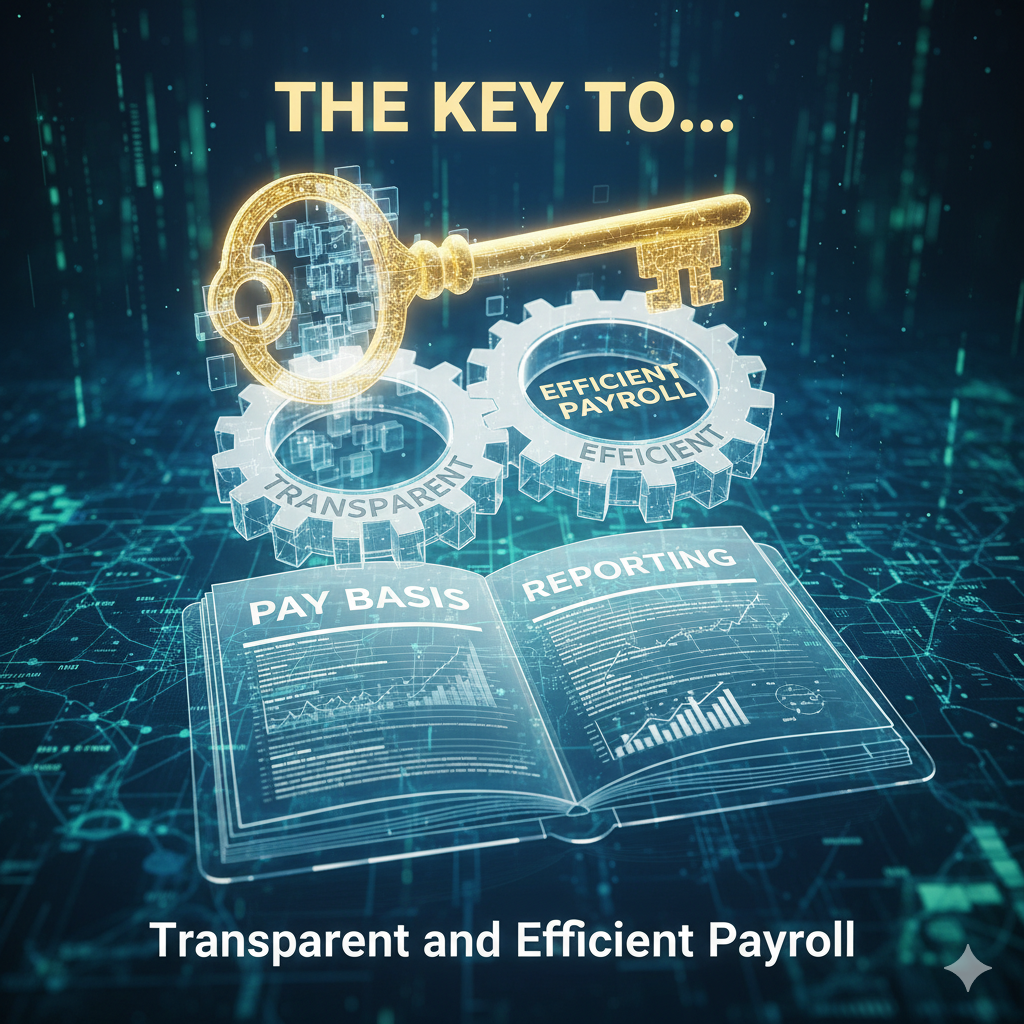Address
Kaypian, San Jose Del Monte City, Bulacan Philippines
Work Hours
Monday to Friday: 8AM - 6PM
Weekend: 10AM - 5PM
Address
Kaypian, San Jose Del Monte City, Bulacan Philippines
Work Hours
Monday to Friday: 8AM - 6PM
Weekend: 10AM - 5PM


Integrated HR. Accurate Payroll.


Integrated HR. Accurate Payroll.

In today’s fast-paced business environment, payroll accuracy is not just a compliance requirement — it’s a key driver of employee satisfaction and trust. One of the most overlooked yet powerful features of a Human Resource Information System (HRIS) is Pay Basis Reporting. This report provides HR teams and business owners with a clear view of how employees are compensated, helping streamline payroll processes and maintain full transparency.
In this article, we’ll explore what a pay basis report is, why it’s essential, and how it helps your organization achieve accurate and efficient payroll management.
A Pay Basis Report is a detailed breakdown of how employees are compensated — whether they are paid daily, weekly, semi-monthly, monthly, or annually. This report categorizes employees by their pay type, making it easier for HR and payroll teams to ensure that salary calculations, deductions, and contributions are accurate.
An effective HRIS automatically generates this report, saving HR teams from the hassle of manual sorting and reducing errors that could lead to payroll disputes.
Miscalculations can lead to underpayment or overpayment — both of which affect employee trust. Pay basis reporting ensures that employees’ salaries are computed according to their designated pay schedule, avoiding payroll discrepancies.
In the Philippines, businesses must comply with government-mandated contributions such as SSS, PhilHealth, Pag-IBIG, and BIR taxes. Pay basis reports help ensure that deductions are accurate and timely, preventing compliance issues.
Employees feel more confident when payroll processes are transparent. Having a clear pay basis record builds trust and reduces payroll-related complaints.
Manual classification of employees by pay type is time-consuming. Automating this process through your HRIS allows HR staff to focus on higher-value tasks such as talent management and employee engagement.
Pay basis data can be used for workforce planning, budgeting, and forecasting salary expenses. This is especially helpful for LGUs (Local Government Units) and private companies managing large employee rosters.
When choosing an HRIS, make sure its Pay Basis Reporting feature includes:
Pay Basis Reporting is more than just a payroll feature — it’s a powerful tool for ensuring accuracy, compliance, and employee trust. By leveraging this report in your HRIS, you can streamline payroll processing, minimize errors, and create a more transparent work environment.
If your organization is still managing payroll manually, now is the time to switch to a modern HRIS & Payroll System with robust reporting features. It’s a smart investment that pays off in efficiency and employee satisfaction.